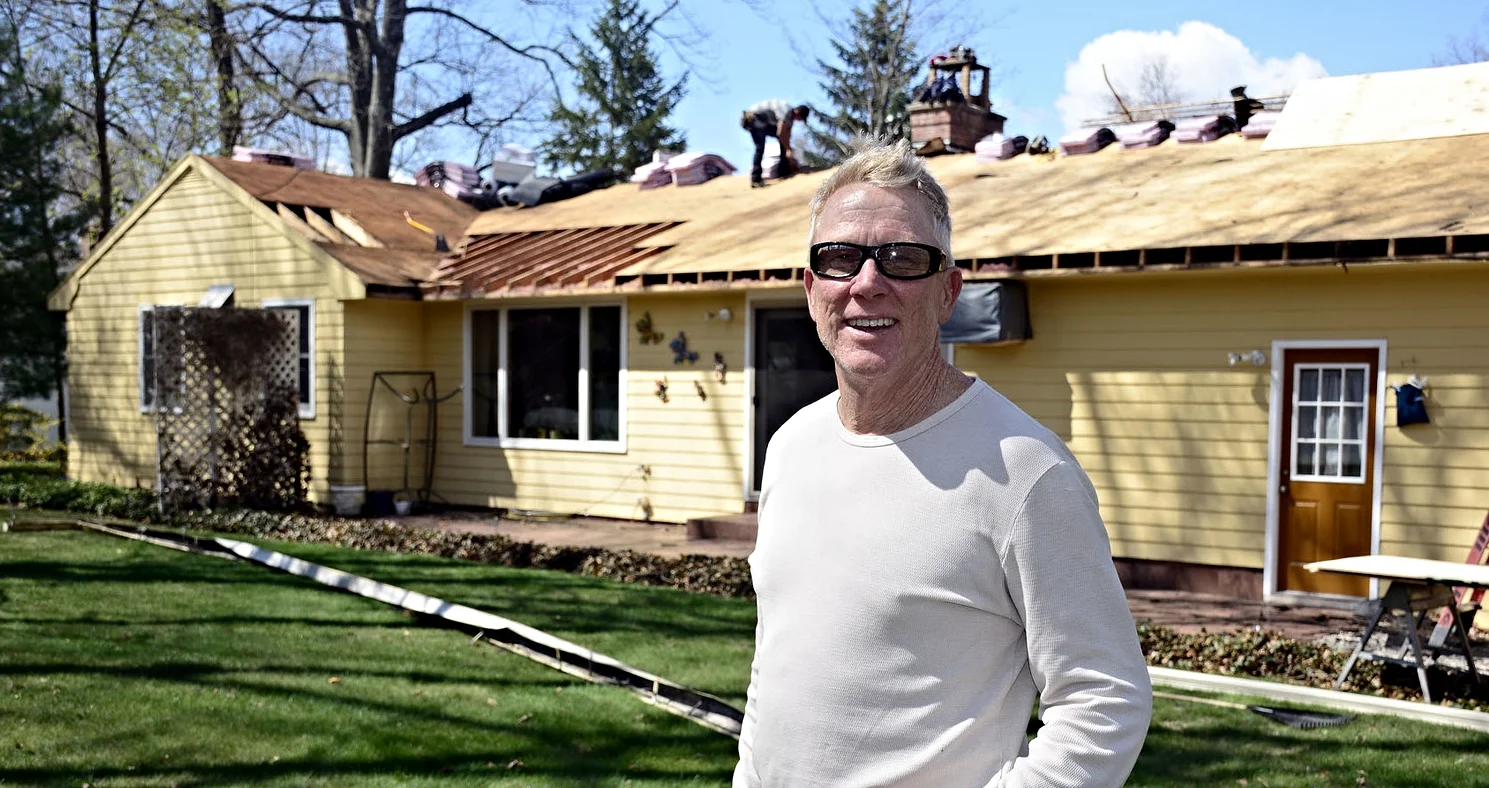Let Your Home Breathe with Proper Attic Ventilation
Chelsea O'Donnell
Last week we talked about how poor ventilation can cause frost and icicles inside the attic and dangerous ice dams outside at the base of the roof. These warning signs should set off alarm bells for homeowners as they can lead to major leaks and expensive damage to shingles, walls, and insulation. So let’s take a look at how to mitigate any potential problems with a quick crash course on attic ventilation.
An attic that’s well ventilated will reduce heat build-up in the summer and allow moist, warm air to escape the house in the winter. A house that can “breathe” properly is more energy efficient, keeps the home dry, and reduces the potential for ice build-up in the winter.
Have a look at your roof. Do you see any vents under the eaves, at the top of the gable or along the ridge? Some vents can be tough to spot, so if you’re unsure, think back to our recent winter storms. Did the cold temperatures result in a build up of thick ice near your gutters? If so, this is a telltale sign that your home isn’t properly ventilated. You can also check by grabbing a flashlight and heading up into the attic. If you see dampness, frost, or icicles, it means you have a ventilation problem. In the summer, just simply touching the ceiling can tell you if your vents aren’t adequate. If the ceiling feels hot, your attic is effectively acting like a solar panel, increasing your cooling bills by trapping hot air that can’t escape.
Proper ventilation works as a system with different vents controlling air intake and exhaust. As heat escapes the main living area of the house, a correct system will allow that air to flow through the attic instead of getting trapped inside it. It works like this. Escaping air from the main living space of the home will flow through a soffit vent at the base of the roof near the gutters and along the underside of the eave. As this air enters the attic, it rises up and will then look to exit, which will often be through a gable vent or a ridge vent at the very top of the roof. If the air is flowing properly, the attic will stay cool and dry and you won’t have to worry about those dreaded ice dams.
So how do you know how many vents you need for your home? Ventilation is determined by area, so start by figuring out the square footage of your attic. For example, a 30-foot x 50-foot attic would equal 1,500 square feet. Professional contractors estimate about one square foot of vent opening for every 150 square feet of attic area as per Connecticut building codes, so in this case, you’d be looking at 10 square feet of total vent area. Each vent will come with a net free vent area (NFTA) measurement to help you calculate your vent size, and the total area should be split evenly between intake and exhaust vents. Remember that vents need to be free and clear in order to work properly, so if you feel like you have enough vents but are still having issues with airflow, make sure to check that they aren’t being blocked by insulation or accidently covered over.
Have a question about ventilation, insulation or roofing? Feel free to shoot me a message on Facebook at www.facebook.com/odonnellbros.
Bob O’Donnell is the owner of O’Donnell Bros. Inc., a Bristol-based home improvement company established in 1975. Email your questions for Bob to info@odonnellbros.com with the subject line “Ask the Pro.” All questions may be considered for publication. To contact Bob for your remodeling needs, call O’Donnell Bros. Inc. at (860) 589-5155 or visit www.odonnellbros.com. Advice is for guidance only.
